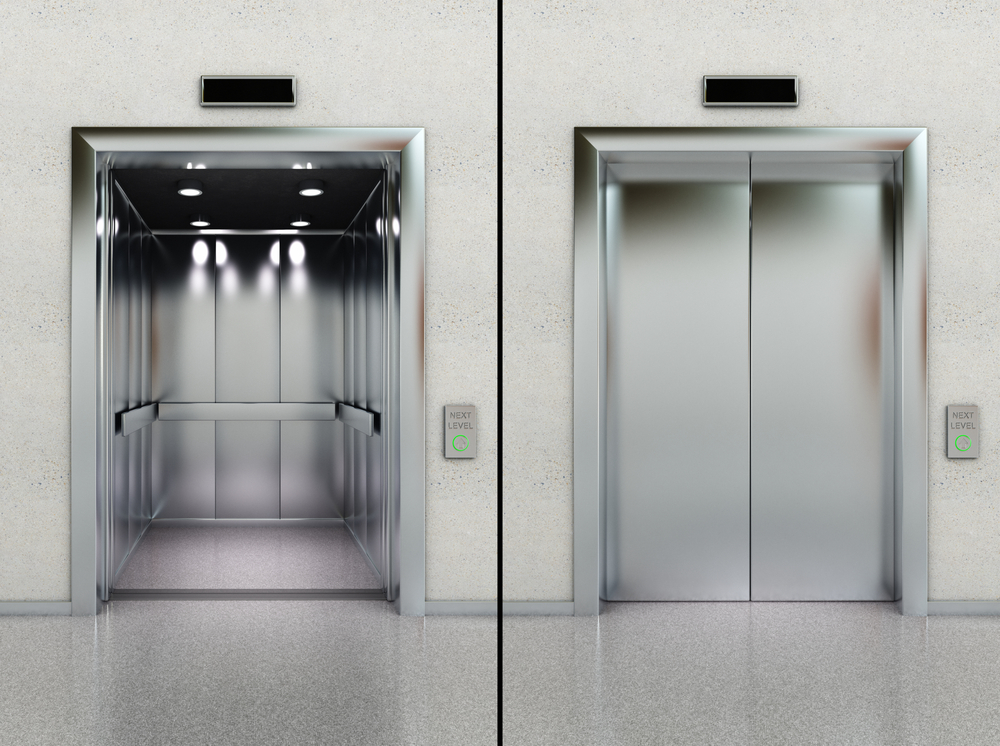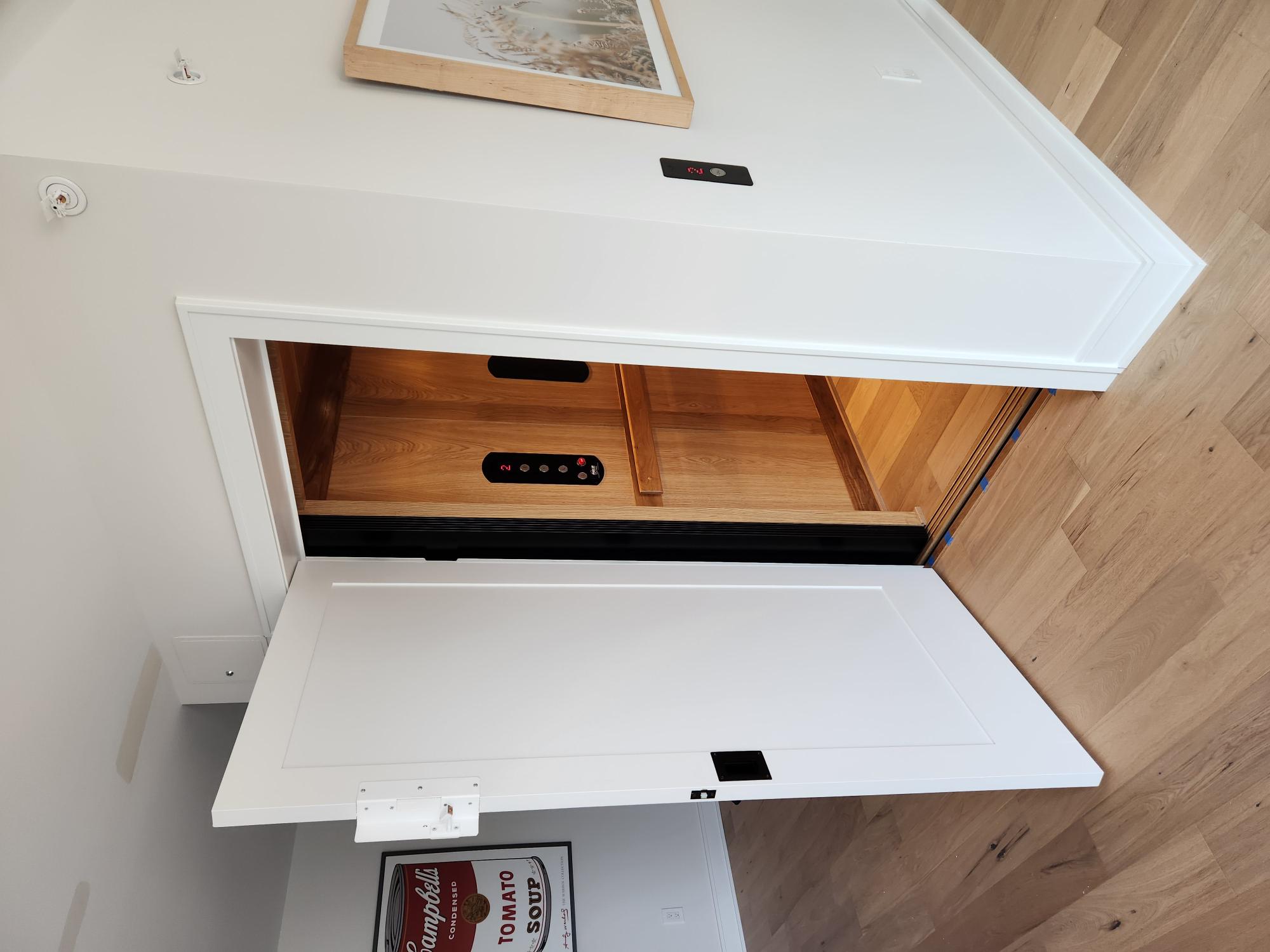Budget-friendly Lift Repair Near Me: Specialist Professionals at Your Solution
Budget-friendly Lift Repair Near Me: Specialist Professionals at Your Solution
Blog Article
Digging Into the Globe of Lifts: Usual Concerns Dealt With by Various Lift Devices
As we navigate via the upright transport systems of modern-day structures, lifts attract attention as an important component of our day-to-day lives. Nonetheless, behind their smooth procedure exists a world of elaborate systems that can sometimes run into challenges. From hydraulic lifts to traction systems and machine-room-less styles, each lift type features its collection of usual problems. Understanding these challenges is essential for guaranteeing the smooth functioning of these essential systems. Let's discover the complexities that underlie the operation of lifts and the prospective concerns that can emerge, clarifying the elaborate internet of lift systems.
Hydraulic Elevators
Hydraulic elevators, typically favored for low-rise buildings, utilize fluid stress to control the motion of the lift vehicle (lift repair companies). This mechanism includes a hydraulic pump pressing oil into a cyndrical tube, causing the lift to relocate in the desired instructions. While hydraulic elevators are recognized for their peaceful and smooth procedure, they do come with their own set of typical problems
One widespread trouble with hydraulic lifts is oil leak. Additionally, problems with the control system, such as faulty shutoffs or a malfunctioning pump, can trigger interruptions in the lift's activity.
Routine maintenance and prompt fixings are important to ensure the smooth performance of hydraulic elevators. By attending to these usual concerns proactively, building owners can reduce downtime and guarantee the safety and security and efficiency of their vertical transport system.
Traction Lifts
When thinking about upright transportation systems in structures, an additional usual kind apart from hydraulic lifts is the grip lift. Traction lifts operate utilizing a system of ropes and counterweights that relocate the lift vehicle by gripping onto the hoist ropes. This system permits smoother and much faster vertical transport contrasted to hydraulic systems.
Among the typical concerns faced by grip elevators is rope wear. The consistent activity of the ropes within the traction system can result in damage with time, potentially creating the lift to breakdown or end up being risky for usage. Normal examinations and maintenance of the ropes are vital to make sure the elevator's proper performance and safety.
An additional concern that grip elevators might run into is connected to the control system. Troubles with the control system can result in concerns such as erratic activity, delays in feedback times, and even full closures. Routine screening and maintenance of the control system are essential to avoid such issues and make certain the lift's reliability.
Machine-Room-Less (MRL) Lifts

Among the crucial elements of MRL lifts is the compact gearless grip maker that is installed within the hoistway. This machine effectively drives the lift cars and truck without the requirement for bulky tools found in traditional traction lifts. Furthermore, MRL elevators generally utilize a counterweight system to stabilize the car, more boosting their power performance.
Despite their advantages, MRL elevators might face obstacles associated to repair and maintenance due to the confined room for equipment installment. Availability for servicing parts within the look at here now shaft can be restricted, calling for specialized training for specialists. Appropriate upkeep timetables and regular inspections are critical to make certain the continued smooth operation of MRL elevators.
Overloading and Weight Limit Issues
Are lifts equipped to handle excess weight loads effectively and securely? Straining and weight restriction concerns are essential problems here are the findings in lift procedures. Elevator suppliers style raises with certain weight capabilities to guarantee traveler safety and equipment longevity. Going beyond these weight limits can bring about different issues, consisting of mechanical failings, delays, and safety risks.
When elevators are strained, it puts extreme pressure on the electric motor, cable televisions, and various other parts, possibly causing malfunctions or breakdowns. If they identify excess weight, safety mechanisms such as sensors and overload sensing units are in place to protect against elevators from relocating. In addition, going beyond weight restrictions can result in raised energy usage and damage on the elevator system.
To alleviate overwhelming concerns, developing supervisors ought to plainly show weight limitations in elevators and enlighten owners on the value of adhering to these limitations - lift repair companies. Routine upkeep checks by certified technicians can likewise help make certain that elevators are running within safe weight criteria. By resolving overloading and weight restriction concerns proactively, structure proprietors can boost lift safety and efficiency
Electric System Failures
Surpassing weight restrictions in elevators can not only cause mechanical issues however likewise potentially contribute to electrical system failings within the lift framework. Electric system failures are a crucial concern in elevator operation, as they can trigger unforeseen shutdowns, malfunctions, and even security hazards. One common electrical problem is the overheating of elements because of excessive current flow caused by straining the lift past its ability. This can cause damage to the control, electrical wiring, or electric motor systems, causing expensive repair work and downtime.
In addition, power rises or variations in the electric supply can additionally interrupt the lift's procedure, impacting its efficiency and security. These electrical disturbances can harm sensitive elevator components such as control board, circuit boards, or sensing units, bring about system failings. Normal upkeep and examinations are essential to identify and resolve potential electrical issues immediately, making sure the safe and redirected here effective operation of lift systems. By adhering to weight limits and conducting regular electric system checks, structure proprietors can alleviate the danger of electrical failings in elevators.
Conclusion

Hydraulic lifts, typically preferred for low-rise structures, utilize fluid stress to control the activity of the elevator car.When taking into consideration vertical transport systems in buildings, an additional common kind aside from hydraulic elevators is the grip elevator. Grip elevators run using a system of ropes and weights that move the elevator car by grasping onto the hoist ropes. Unlike traditional lifts that require a separate machine space to house the tools, MRL elevators integrate many of the components within the shaft, getting rid of the need for a committed device space.In conclusion, elevators encounter common problems such as hydraulic breakdowns, traction system failures, and electric system issues.
Report this page